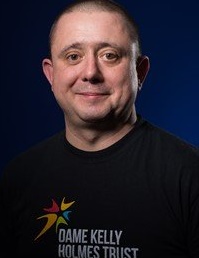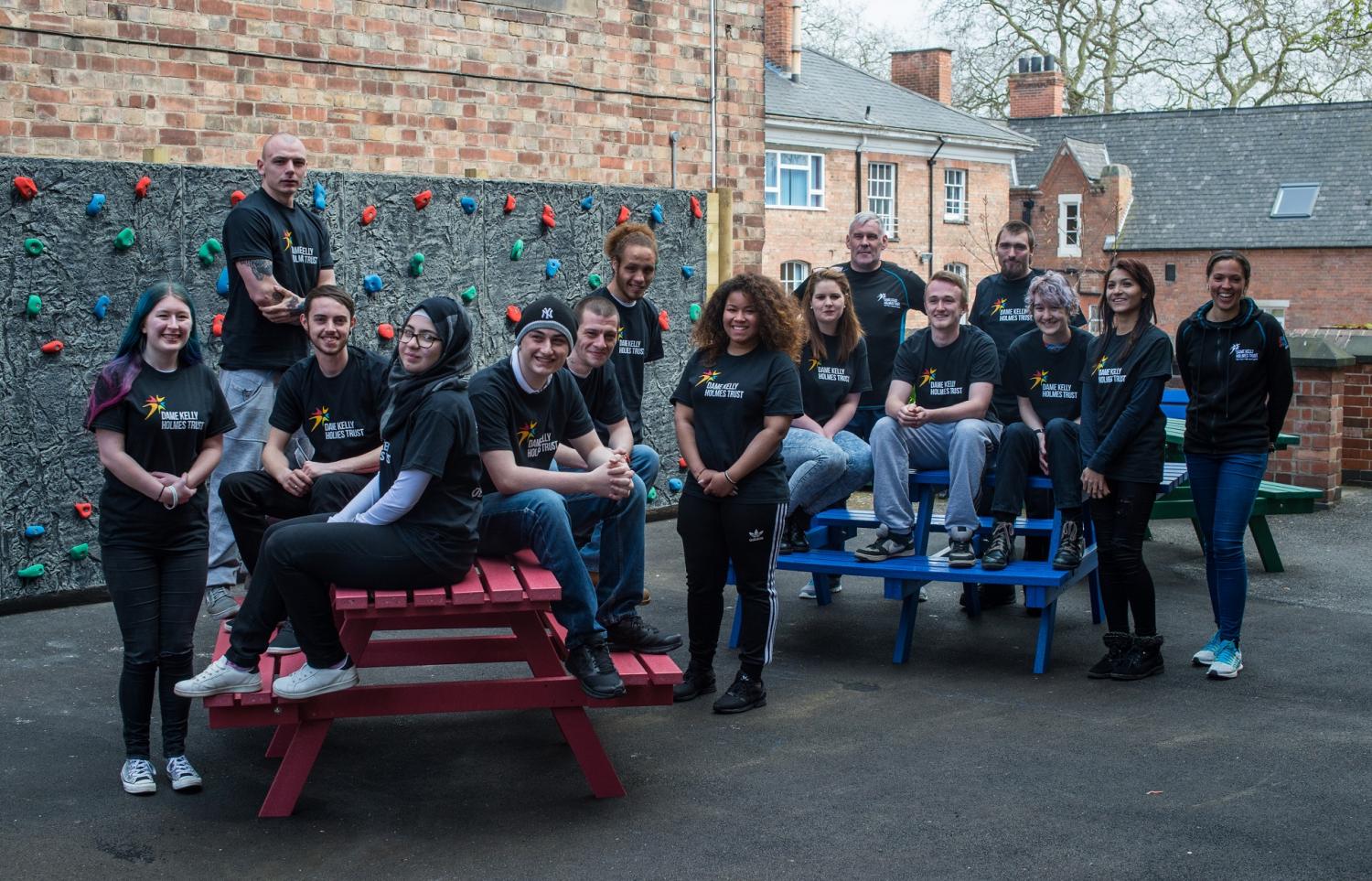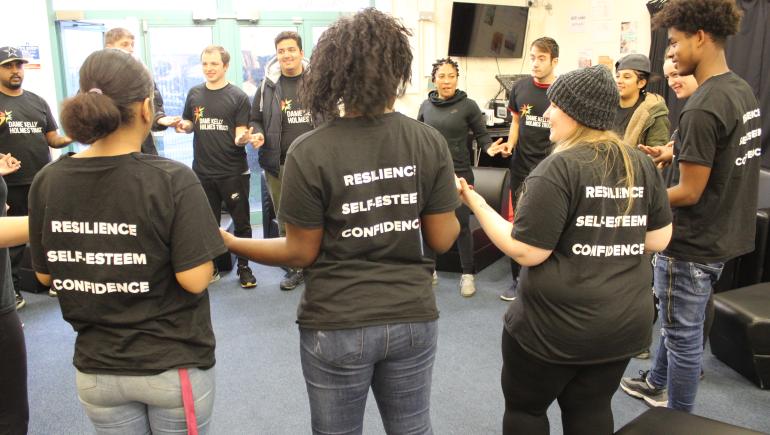 Each month ConnectSport works with the Sport for Development Coalition to create a 'call for articles' around a particular theme. Here Ben Hilton, CEO of the Dame Kelly Holmes Trust, opens our theme for November 2019 by asking if ‘hard to reach’ communities really are hard to reach. Join us for a Twitter takeover with Ben on Monday, November 25th (8-9pm).
Each month ConnectSport works with the Sport for Development Coalition to create a 'call for articles' around a particular theme. Here Ben Hilton, CEO of the Dame Kelly Holmes Trust, opens our theme for November 2019 by asking if ‘hard to reach’ communities really are hard to reach. Join us for a Twitter takeover with Ben on Monday, November 25th (8-9pm).
Working with 'hard to reach' communities is a phrase that is widely used in the Sport for Development sector and it’s one that we’ve used at the Trust for a number of years without really challenging what it means. Recently Tim Hollingsworth, Chief Executive of Sport England, shared a story about visiting a centre in a 'hard to reach' community in Oldham, where the local leader told him: “We are not hard to reach. We have been here for 20 years. You’ve just never tried”.
So, are hard to reach communities really hard to reach?
Here at the Dame Kelly Holmes Trust, we have worked in many different communities over the last 11 years, from seaside towns such as Torbay, Dover and Scarborough, to larger cities such as Birmingham, Bristol and Belfast. Our delivery model has always been to work with local organisations on the ground, who understand the community need and who, in partnership with our team of world-class athlete mentors, engage young people facing disadvantage to unlock their confidence, self-esteem and resilience.
Through this partnership model, we have been able to navigate the intricacies and localised barriers to engagement of the young people we aim to support, and our athlete mentors have been able to reach thousands of young people within these communities because of this. This has seen us work on targeted programmes specifically designed for women and girls who had experienced, or were at risk of exploitation as well as more recently, working with Sport England in eight coastal towns across England to help 700 young people become more active and more connected to their local community.
However, things have been changing. Since the spike in youth unemployment at just over 22% back in 2012, this has dropped to just over 11.5% as of July 2019, and engaging young people within these communities is proving more difficult and the complexities of these young people are far more entrenched. This is evident to us by the young people accessing our programmes of support but also the challenges we are facing in these communities when recruiting young people.
We are continually reviewing how we can improve our offer and impact to young people and have recently asked ourselves: Are our services and programmes actually hard to access for the young people we aim to support?
How do we meet the needs of the young people, rather than expecting young people to meet the needs of the services in terms of the dates, times and locations we deliver them?
By describing young people as hard to reach, does that unfairly label them when the issue in reality lies with the service or provider?

The complexities of the young people we support and see on our programmes has changed significantly since 2012, but how we access these young people, how we engage these young people and how we deliver hasn’t changed at the same time. Like many organisations, our sessions are structured as a ‘fixed group delivery model’, where we have to recruit a minimum number of young people on a programme to make it financially viable within the contract we have. We then move the group of young people along our learning framework to reach our short term, end of programme and long-term outcomes.
The question we are asking as an organisation is how do we ensure that our offer is accessible regardless of the societal and environmental issues within these communities?
This is the key question the team and I are wrestling with at the moment and which we hope to find a solution to in the future. We need to consider how we maintain being competitive, how we work with funders to model the cost versus impact which will enable an individual to still access the support and opportunity usually ringfenced for group activity, but on a one-to-one or small-group basis. Services need to ensure their delivery models can respond to the needs to the young people they aim to support, not expect them to be able to adapt to what is currently on offer.
We believe that if you want to work in diverse communities, then your model needs to be able to flex to meet the needs of those communities. We believe that young people or communities are only hard to reach if your model is hard for them to engage with.
To find out more, visit the Dame Kelly Holmes Trust page on the ConnectSport directory. To add your organisation for FREE, contact hello@connectsport.co.uk.









